Multi-factor authentication (MFA) stands as a robust shield in this digital world, going beyond mere passwords to ensure you’re the only one with access to your accounts. By requiring multiple verification methods, MFA adds layers of security, making it exponentially harder for unauthorized users to breach your data.
But how does it actually work? Let’s explore how MFA can be your ally against cyber threats!
What is MFA (Multi-Factor Authentication)?
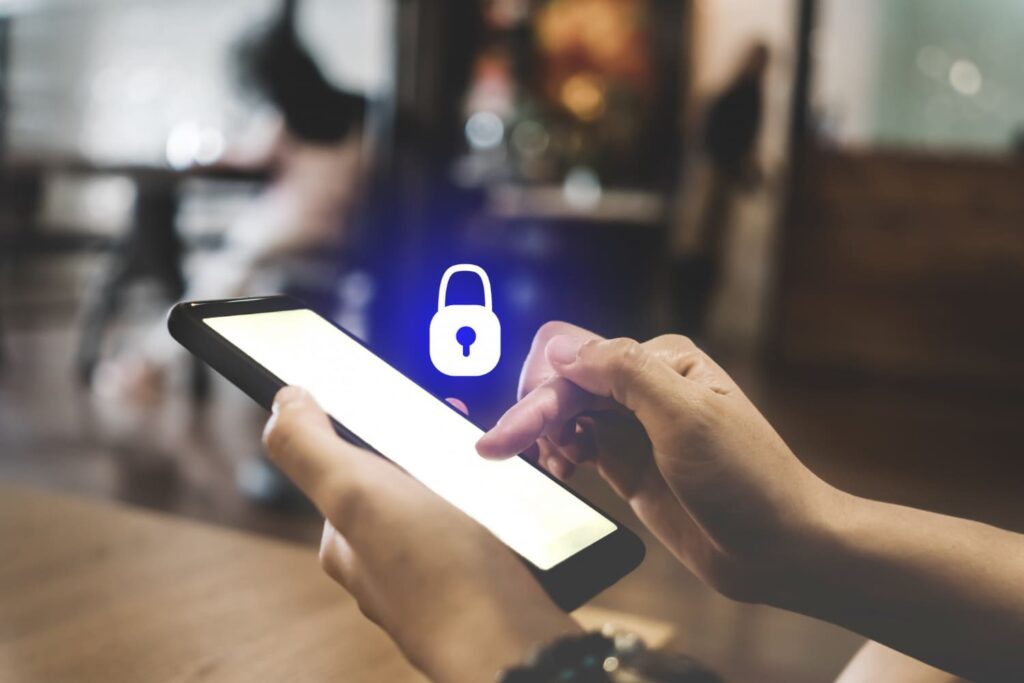
Multi-factor authentication, or MFA, is a security protocol that fortifies the login process by requiring more than one form of verification to access an online account, mobile app, or VPN.
This method ensures that even if one credential is compromised, unauthorized users can’t gain entry, as they’re unlikely to have all the required multiple authentication factors.
How Does Multi-Factor Authentication Work?
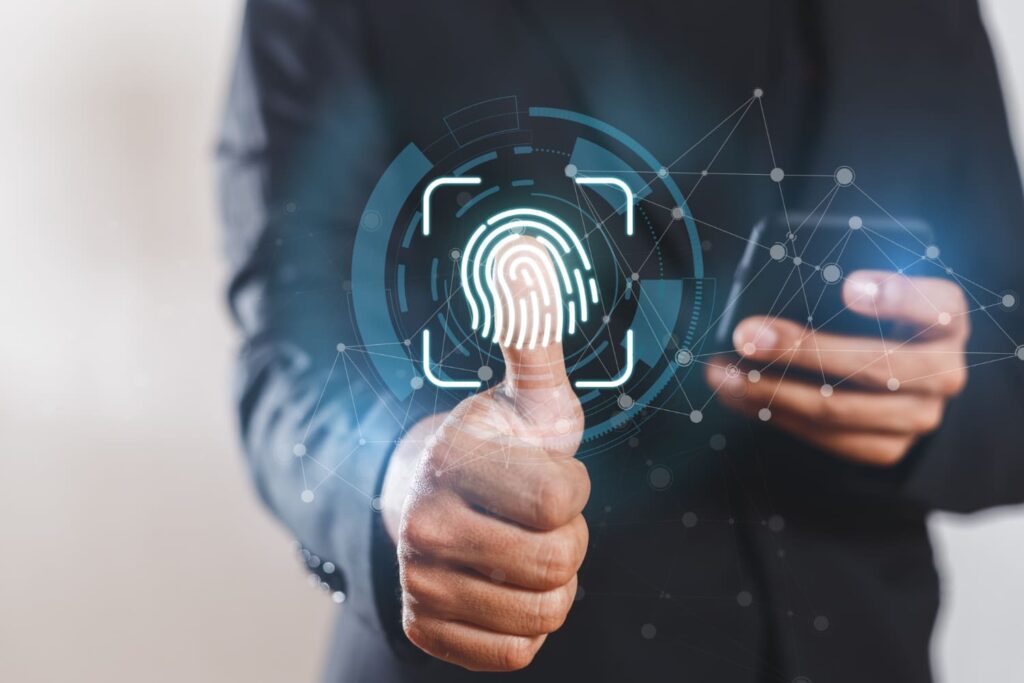
MFA operates on the principle of layered security. It requires users to present two or more verification factors to access an account, creating a compounded barrier against unauthorized entry.
Typically, it combines something you know (like a password), something you have (such as a smartphone app that generates time-sensitive codes), and something you are (biometrics or OTP).
What are the Benefits of Multi-Factor Authentication?
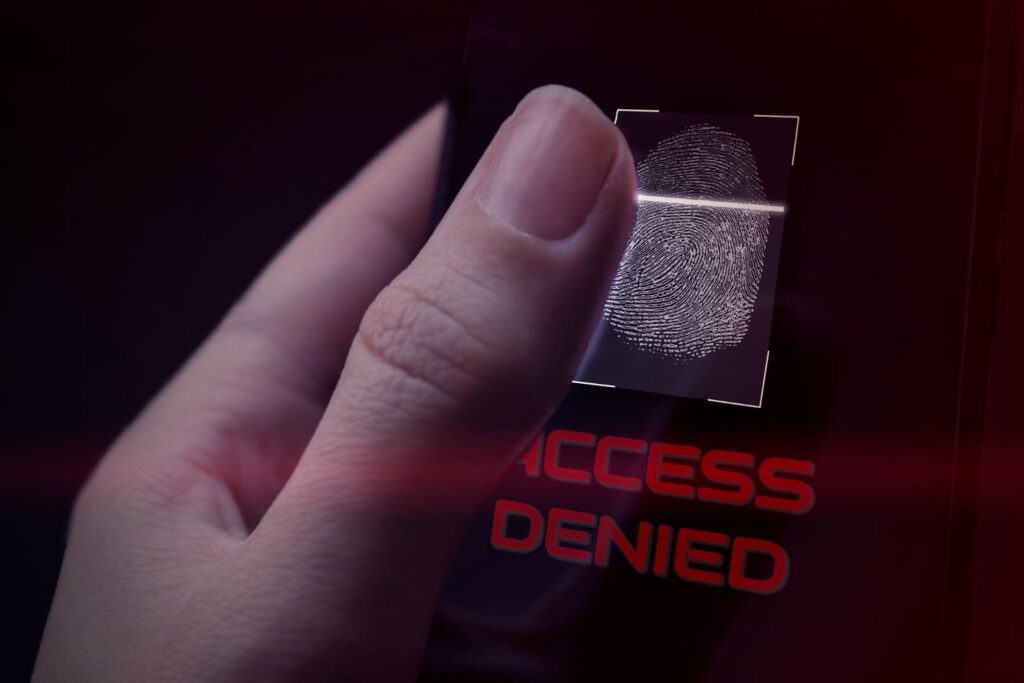
There are several benefits to this technology, including:
Enables digital initiatives
By implementing MFA, organizations can confidently expand their digital offerings, knowing that access to resources is tightly controlled. It also encourages the adoption of mobile and cloud-based solutions, propelling businesses and users into a future where digital agility and safety go hand in hand.
Improves security response
With MFA, unauthorized access attempts are detected more immediately, allowing swift action before cyber attackers exploit compromised credentials. Moreover, its additional security approach provides valuable data points for analyzing and improving security protocols, ensuring that each response strengthens the system against future attacks.
Reduces security risk
This multi-tiered strategy drastically reduces the likelihood of risks due to lost devices, forgotten passwords, and other cases of human errors.
Why is MFA Important?
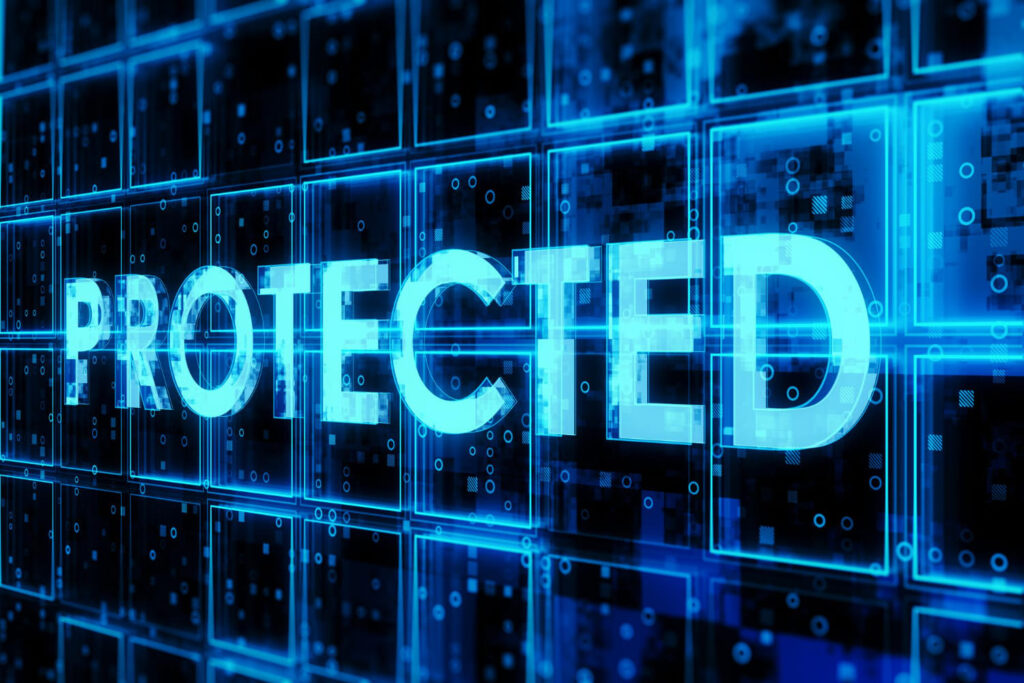
MFA is vital for enhancing online account security, for it combines factors such as passwords, verification code-generating devices, and biometric data to verify identity, making it challenging for unauthorized entities to access sensitive information. This notably reduces the risk of identity theft, financial fraud, and data breaches.
A Microsoft study found that MFA provides excellent security, keeping over 99.99% of protected accounts safe. It also lowers the overall risk of account compromise by 99.22% and by 98.56% when credentials are exposed.
It is also stated that over 70% of active Google users get extra security from automatic two-step verification during unusual sign-ins.
Three Main Types of MFA Authentication Methods
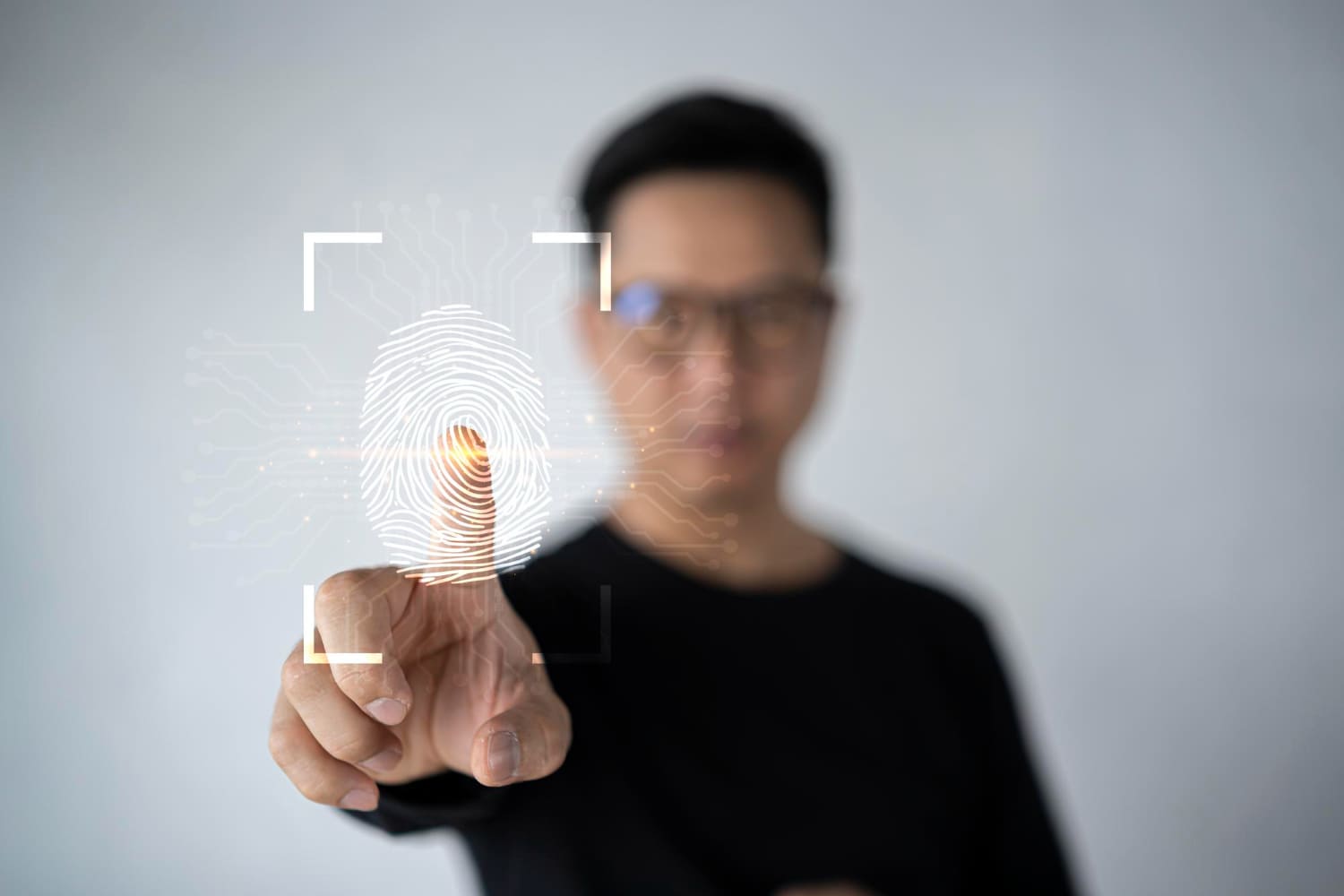
The MFA technology is mainly based on three authentication methods: possession, inherence, and knowledge. These are the differences:
Possession
The possession factor refers to the things that the users have, such as a smartphone or a badge.
Inherence
Inherence refers to something that defines the user, such as fingerprints, voice recognition, or other biometric types. This is usually the second factor.
Knowledge
Knowledge refers to something the users know for user authentication, like a PIN or password.
What are the Examples of Multi-Factor Authentication?
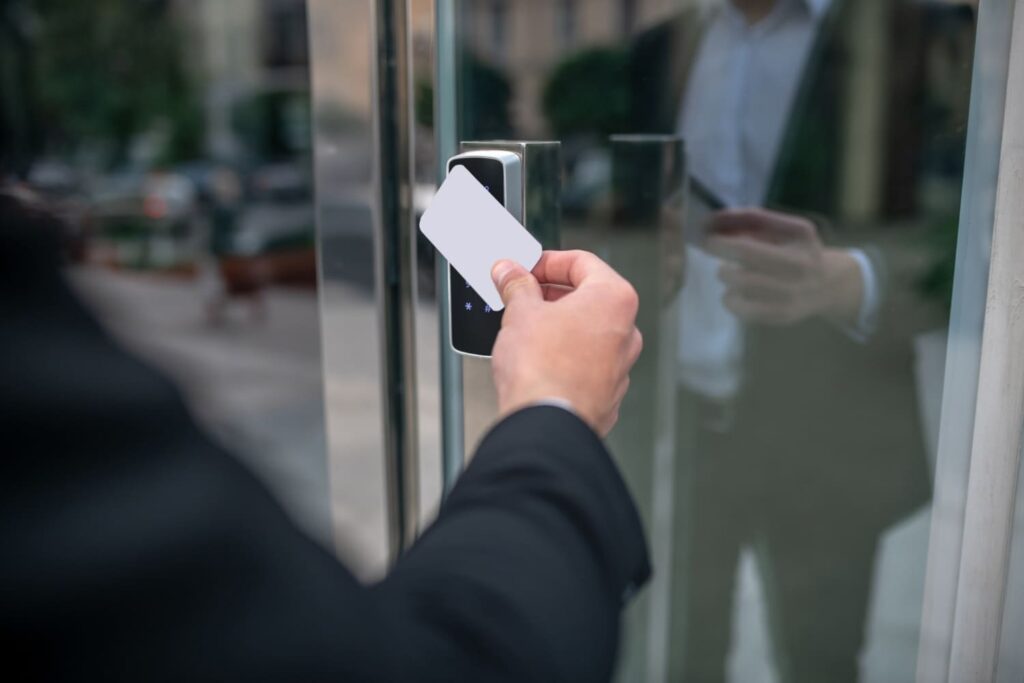
In real-life settings, MFA is used on various occasions, such as:
System access to on-site employees only
In a secure facility like a data center, employees may be required to swipe an access card, enter a PIN, and verify their identity with a fingerprint scan before gaining entry to the server room.
Remote access to employees
Some employees working from home must use MFA to log into the company’s systems. They first enter their usual login details, followed by a verification step that could be an authentication code on their phone sent via SMS or a biometric check. This ensures that knowing the password alone isn’t enough to gain access, as the second verification step is needed for secure entry.
What’s the Difference between MFA and Two-Factor Authentication (2FA)?
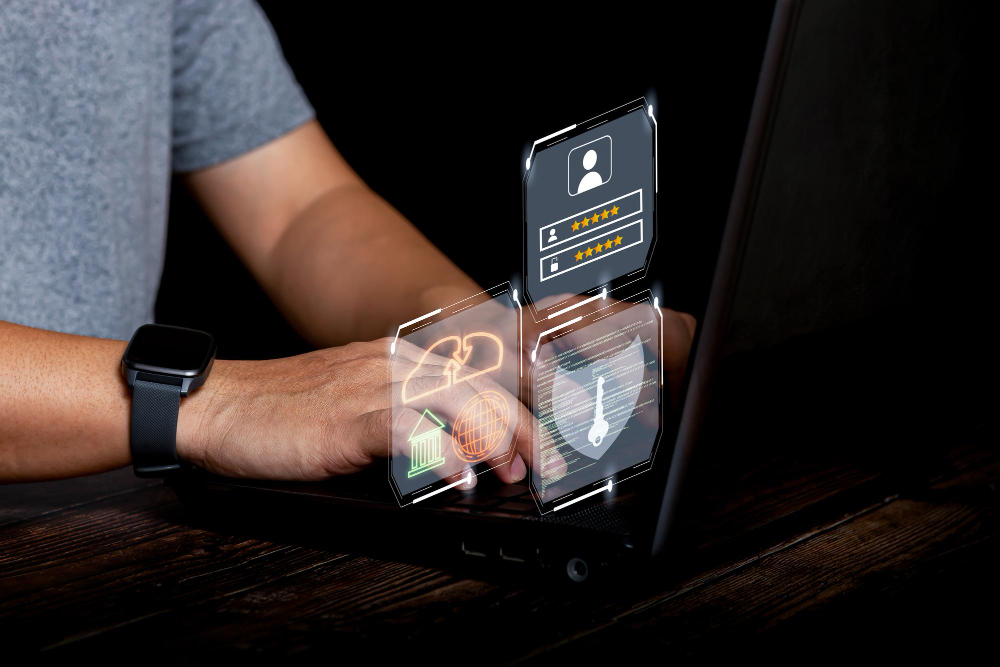
Though often used interchangeably, these two are different. MFA and two-factor authentication (2FA) differ in that MFA may require two or more verification factors, while 2FA specifically requires exactly two factors to authenticate a user’s identity.
Frequently Asked Questions
What is better than multi-factor authentication?
A passwordless form of authentication systems, such as biometric methods like fingerprint scans, facial recognition, retina scans, security tokens, USB devices (like FIDO keys), or smart cards, are some possible better options than MFA. It doesn’t require users to input their username and password.
Is email OTP considered MFA?
Yes, an email one-time password (OTP) is considered a form of multi-factor authentication system when used in conjunction with another authentication factor, like a password.
Does Gmail allow MFA?
Currently, Gmail only allows two-step verification, requiring users to do a second step of verification in addition to their password.
Conclusion
Multi-factor authentication (MFA) is a critical tool in enhancing online security, offering a robust layer of protection beyond traditional passwords. By integrating multiple verification forms, MFA effectively shields against unauthorized access, notably reducing data breaches and cyber threat risks. It is essential for both individuals and organizations aiming for a secure digital presence.
If you want to boost your cyber defense, contact Fluxgate to fortify your online safety and confidently embrace digital security.
